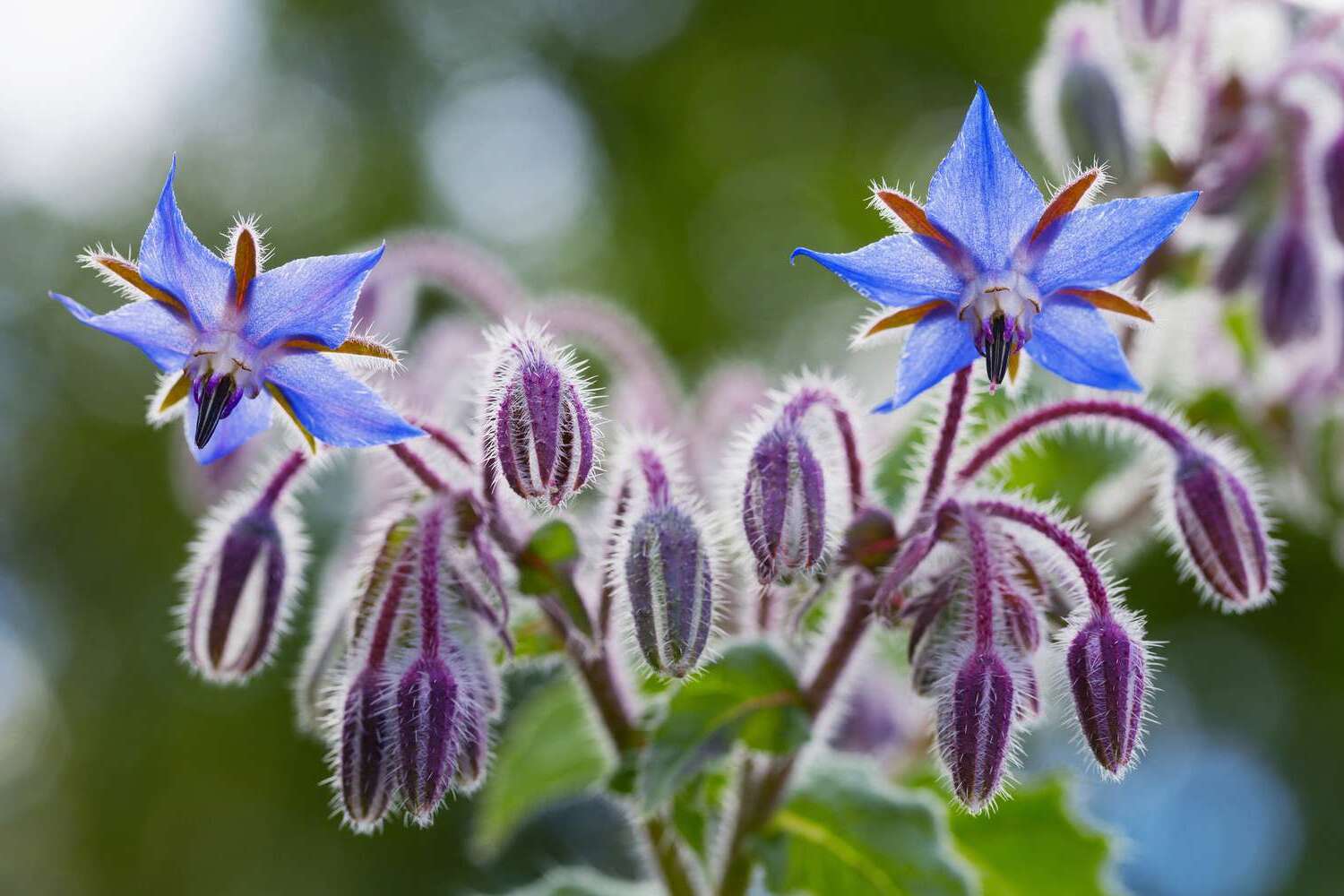
Edible flowers have been used in cooking for centuries, adding color, flavor, and a touch of elegance to dishes. But did you know that some of these blooms also offer health benefits? Edible flowers like nasturtiums, pansies, and violets are not just pretty; they can be nutritious too. They contain vitamins, antioxidants, and even anti-inflammatory properties. Whether you're garnishing a salad, infusing a drink, or decorating a cake, these blossoms can elevate your culinary creations. However, it's essential to know which flowers are safe to eat and how to prepare them properly. Ready to learn more? Here are 20 fascinating facts about edible flowers that will surprise and delight you!
Edible Flowers: A Feast for the Eyes and Taste Buds
Edible flowers aren't just pretty; they can add unique flavors and colors to your dishes. Here are some fascinating facts about these culinary delights.
-
Nasturtiums are known for their bright, peppery taste. They can be used in salads, sandwiches, and even as a garnish for soups.
-
Pansies have a mild, slightly sweet flavor. Their vibrant colors make them perfect for decorating cakes and desserts.
-
Lavender is often used in baking and can add a floral note to cookies, cakes, and even lemonade.
-
Hibiscus flowers are tart and cranberry-like. They are commonly used in teas and can also be made into jams and sauces.
-
Roses have a sweet, aromatic flavor. Rose petals can be used in syrups, jellies, and desserts.
Historical Uses of Edible Flowers
Edible flowers have been used in cooking and medicine for centuries. Let's explore some historical facts.
-
Ancient Romans used violets and roses in their dishes, believing they had medicinal properties.
-
Chinese cuisine has incorporated chrysanthemum flowers for over 2,000 years, often in teas and soups.
-
Victorian England saw the rise of candied violets and rose petals, which were popular in desserts and as decorations.
-
Aztecs used marigold flowers in their cooking, believing they had protective properties.
-
Medieval Europe often featured borage flowers in salads and drinks, thought to bring courage.
Health Benefits of Edible Flowers
Not only do edible flowers look and taste good, but they also offer various health benefits. Here are some facts about their nutritional value.
-
Calendula flowers are rich in antioxidants and can help reduce inflammation.
-
Dandelions are packed with vitamins A, C, and K. They can support liver health and improve digestion.
-
Chamomile flowers are well-known for their calming effects and can help with sleep and digestion.
-
Elderflowers have anti-inflammatory properties and can boost the immune system.
-
Honeysuckle flowers are used in traditional medicine to treat respiratory issues and infections.
Growing Your Own Edible Flowers
Growing edible flowers in your garden can be a rewarding experience. Here are some tips and facts to get you started.
-
Sunflowers are easy to grow and their petals can be used in salads or as a garnish.
-
Violas thrive in cooler climates and can be grown in pots or garden beds.
-
Squash blossoms are not only edible but also delicious when stuffed and fried.
-
Herb flowers like basil, thyme, and mint can add unique flavors to your dishes and are easy to grow.
-
Bee balm attracts pollinators to your garden and its flowers can be used in teas and salads.
Savor the Beauty of Edible Flowers
Edible flowers aren't just pretty; they're packed with flavor and nutrients. Adding them to dishes can elevate your culinary game and impress guests. From nasturtiums with their peppery kick to violets offering a sweet touch, these blooms bring unique tastes and vibrant colors to your plate. Remember, not all flowers are safe to eat, so always double-check before adding them to your meals.
Growing your own edible flowers ensures they’re free from harmful chemicals. Plus, it’s a fun way to get closer to nature. Whether you’re a seasoned chef or a home cook, experimenting with these blossoms can open up a world of new flavors and textures. So next time you’re in the garden or at the market, consider picking up some edible flowers to brighten up your dishes. Happy cooking!
Was this page helpful?
Our commitment to delivering trustworthy and engaging content is at the heart of what we do. Each fact on our site is contributed by real users like you, bringing a wealth of diverse insights and information. To ensure the highest standards of accuracy and reliability, our dedicated editors meticulously review each submission. This process guarantees that the facts we share are not only fascinating but also credible. Trust in our commitment to quality and authenticity as you explore and learn with us.


